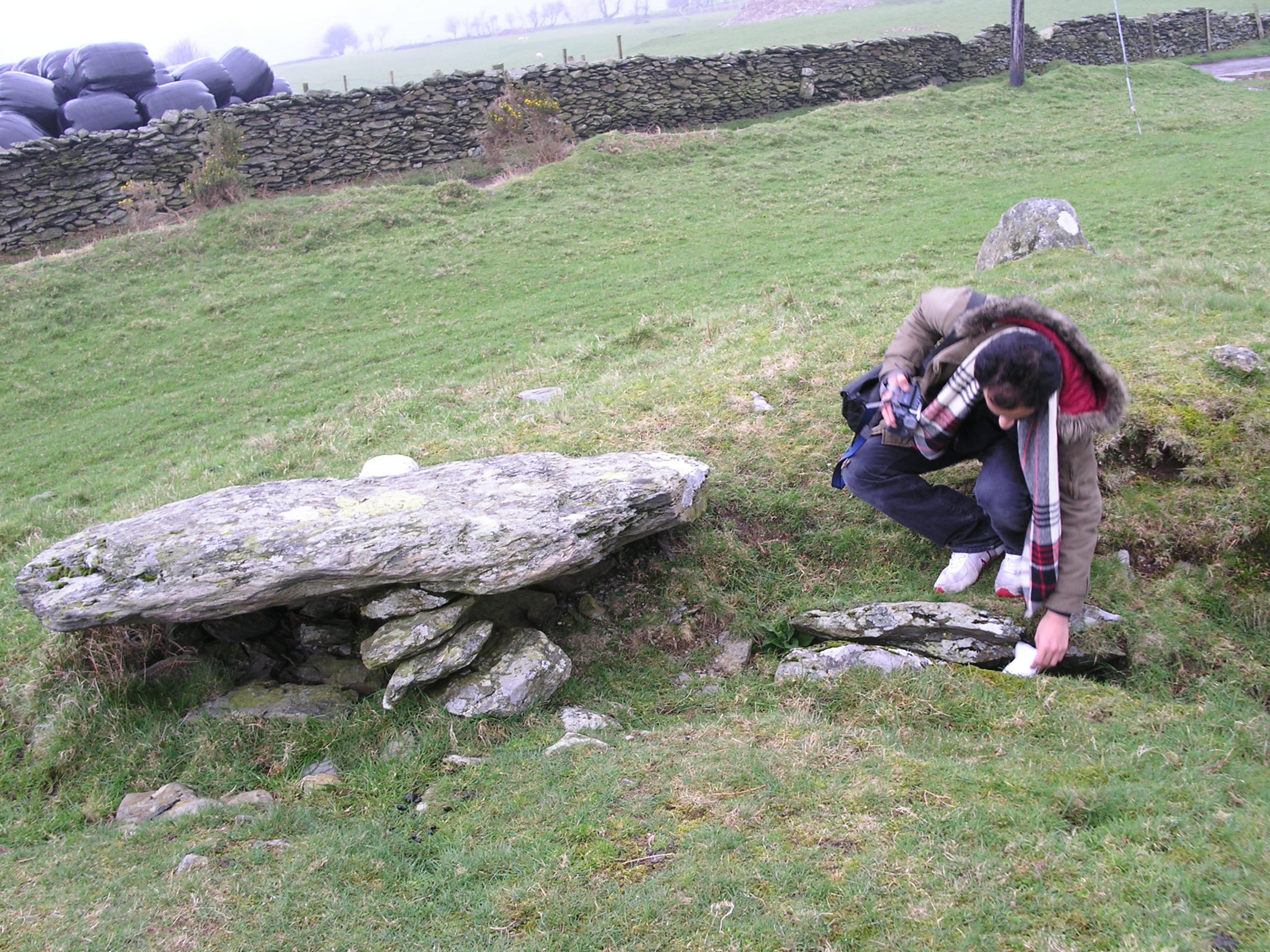Tre-Taliesin on:
[Wikipedia]
[Google]
[Amazon]
Tre-Taliesin is a village in 
Satellite mapVillage history
{{authority control Villages in Ceredigion
Ceredigion
Ceredigion ( , , ) is a county in the west of Wales, corresponding to the historic county of Cardiganshire. During the second half of the first millennium Ceredigion was a minor kingdom. It has been administered as a county since 1282. Cer ...
on the A487 road
The A487, officially the Fishguard to Bangor Trunk Road, is a trunk road in Wales that follows the coast from Haverfordwest, Pembrokeshire, in the south, to Bangor, Gwynedd, in the north.
Route
The road starts at a junction with the A40 in ...
, 9 miles north of Aberystwyth, Wales, and 9 miles south of Machynlleth
Machynlleth () is a market town, community and electoral ward in Powys, Wales and within the historic boundaries of Montgomeryshire. It is in the Dyfi Valley at the intersection of the A487 and the A489 roads. At the 2001 Census it had a pop ...
. It is in the parish of Llangynfelyn.
The village is known for the Bedd Taliesin, a hilltop Bronze Age
The Bronze Age is a historic period, lasting approximately from 3300 BC to 1200 BC, characterized by the use of bronze, the presence of writing in some areas, and other early features of urban civilization. The Bronze Age is the second prin ...
tumulus which is traditionally regarded as the site for the grave of the Welsh bard, Taliesin
Taliesin ( , ; 6th century AD) was an early Brittonic poet of Sub-Roman Britain whose work has possibly survived in a Middle Welsh manuscript, the '' Book of Taliesin''. Taliesin was a renowned bard who is believed to have sung at the courts ...
. A manuscript in the hand of 18th century literary forgerer Iolo Morganwg
Edward Williams, better known by his bardic name Iolo Morganwg (; 10 March 1747 – 18 December 1826), was a Welsh antiquarian, poet and collector.Jones, Mary (2004)"Edward Williams/Iolo Morganwg/Iolo Morgannwg" From ''Jones' Celtic Encyclop ...
claimed he was the son of Saint Henwg of Llanhennock but this is contrary to every other fact and tradition. It is listed as a Historic Monument. It is a round-kerb cairn with a cist about 2m long. The capstone has fallen; the side stone slabs are more or less in their original positions.
The cairn has no proven connection with the historical Taliesin, a 6th-century poet esteemed by the poets of medieval Wales as the founder of the Welsh poetic tradition whose surviving work includes praise poems to the rulers of the early Welsh kingdom of Powys
The Kingdom of Powys ( cy, Teyrnas Powys; la, Regnum Poysiae) was a Welsh successor state, petty kingdom and principality that emerged during the Middle Ages following the end of Roman rule in Britain. It very roughly covered the northern t ...
and Rheged
Rheged () was one of the kingdoms of the ''Hen Ogledd'' ("Old North"), the Brittonic-speaking region of what is now Northern England and southern Scotland, during the post-Roman era and Early Middle Ages. It is recorded in several poetic and b ...
, in the Hen Ogledd
Yr Hen Ogledd (), in English the Old North, is the historical region which is now Northern England and the southern Scottish Lowlands that was inhabited by the Brittonic people of sub-Roman Britain in the Early Middle Ages. Its population sp ...
(modern northern England/southern Scotland). He became a figure of legend in medieval Wales and his association with Elffin ap Gwyddno
:''The variant spelling 'Elphin' may refer to Saint Elphin, the town of Elphin, County Roscommon, Ireland or the Diocese of Elphin, cathedral in Sligo Town, Co. Sligo, Ireland. Elphin is also a village in Sutherland, Scotland.''
In Welsh myth ...
, son of the king of the fabled Cantre'r Gwaelod
, also known as or ( en, The Lowland Hundred), is a legendary ancient sunken kingdom said to have occupied a tract of fertile land lying between Ramsey Island and Bardsey Island in what is now Cardigan Bay to the west of Wales. It has been ...
, off the coast of Ceredigion, may account for the monument's name.
The village was established in the 1820s, when a number of houses were built on former common land that had been sold to fund the drainage of Cors Fochno
Cors Fochno is a raised peat bog near the village of Borth, in the county of Ceredigion, Wales. Lying on the south side of the Dyfi estuary, it forms a component part of the Dyfi National Nature Reserve. It was designated a UNESCO (Unite ...
. The village then further expanded in the 1860s to house the families of miners working in the lead mines in the area. Prior to the building in the 1820s there were only a few scattered houses along the turnpike road, and the settlement was known as 'Tafarn Fach' (Small Tavern) - the story locally was that the new name was chosen as a more respectable one, given the religious sensibilities of the time.
The village includes a chapel (Rehoboth) and a community hall (Llanfach). The village primary school (Ysgol Llangynfelyn) was closed by Ceredigion Council in 2016.
External links
Satellite map
{{authority control Villages in Ceredigion